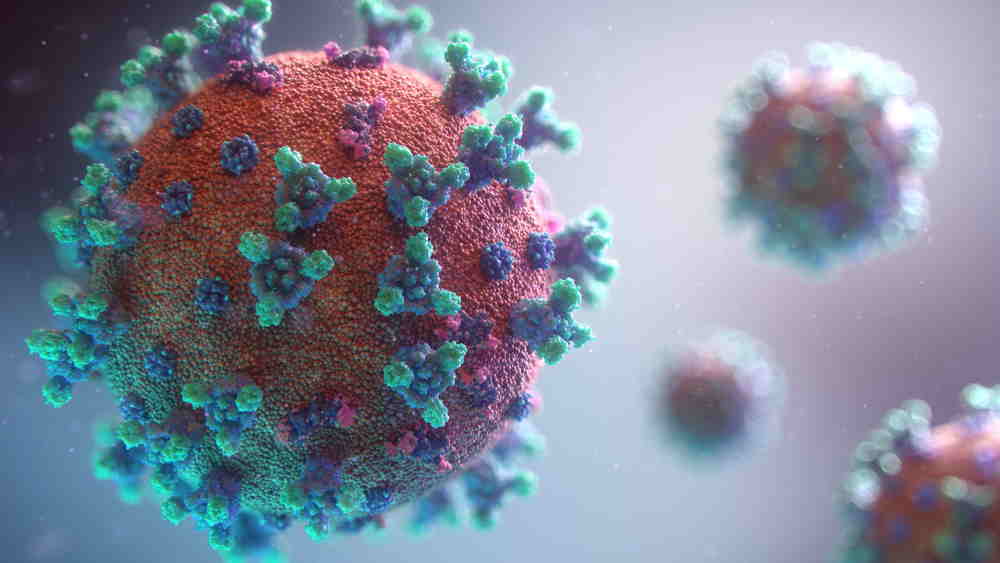COVID-19 and the rebiologisation of racial difference
By Wingel Xue, Alexandre White,
The Lancet
| 10. 23. 2021
In the first months of the COVID-19 pandemic, early dashboards set up by the US Centers for Disease Control and Prevention and the Johns Hopkins University Center for Systems Science and Engineering tracked overall numbers of cases and deaths but provided no demographic breakdown of these statistics. Current data show wide racial disparities in the burden of COVID-19 in the USA, with Latino, Indigenous, and Black people disproportionately affected. Similar disparities are also evident in other nations with histories of structural racism. However, at the outset of the pandemic the focus of some research turned toward biological racial differences as an explanation for differences in COVID-19 morbidity and mortality. Early in the pandemic rumours that members of the African diaspora were immune to SARS-CoV-2 infection circulated in the global media. While public health messaging worked to combat these myths, some researchers began to investigate whether differences in blood type or gene expression could explain why racially minoritised groups were more or less likely to contract the virus. Historians and social scientists, such as Chelsea Carter and Ezelle Sanford III, and...
Related Articles
A Review of Exposed by Becky McClain
“Do not get lost in a sea of despair. Be hopeful, be optimistic. Our struggle is not the struggle of a day, a week, a month, or a year, it is the struggle of a lifetime. Never, ever be afraid to make some noise and get in good trouble, necessary trouble.”
— John Lewis
Becky McClain became famous when she successfully sued Pfizer, one of the very largest pharmaceutical and biotech companies. She...
By staff, Japan Times | 12.04.2025
Japan plans to introduce a ban with penalties on implanting a genome-edited fertilized human egg into the womb of a human or another animal amid concerns over "designer babies."
A government expert panel broadly approved a proposal, including the ban...
By Katherine Long, Ben Foldy, and Lingling Wei, The Wall Street Journal | 12.13.2025
Inside a closed Los Angeles courtroom, something wasn’t right.
Clerks working for family court Judge Amy Pellman were reviewing routine surrogacy petitions when they spotted an unusual pattern: the same name, again and again.
A Chinese billionaire was seeking parental...
By Sarah A. Topol, The New York Times Magazine | 12.14.2025
The women in House 3 rarely had a chance to speak to the women in House 5, but when they did, the things they heard scared them. They didn’t actually know where House 5 was, only that it was huge...




